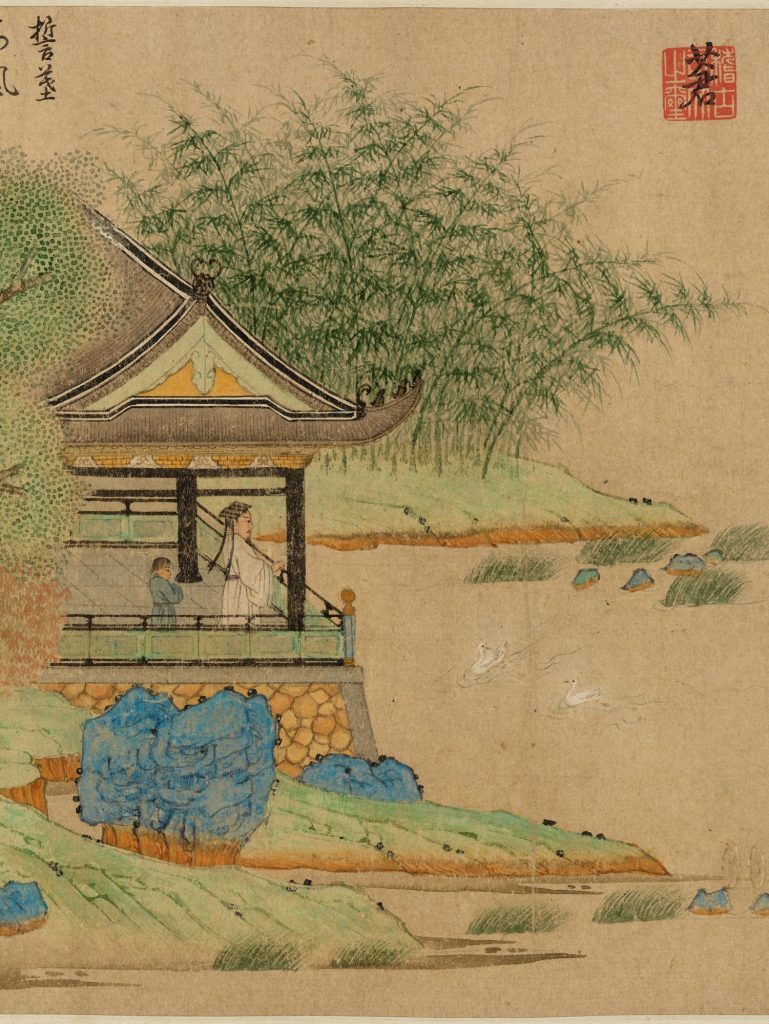A ~ Urban Forests, Forest Cities : Arboretums, Gardeners
[ A 0 , 0 ] Animals live from the grace of phloem – the vascular tissue of plants transporting sugars. Contrary to philosophies of life fixated on competition and violence, Phloem Phloem focuses on the profound generosity and cooperation of plants. ( Phloem Phloem, Growing the City into Forest. 2020 ) { ◊ }
[A1,1]
It is proposed to plant from one to three examples of each species of tree on open lawn, and with sufficient space about each to allow it to attain its fullest size with unrestricted expanse of branches; the effect of each tree is also to be exhibited iu masses, so as to illustrate its qualities for grouping. Space is provided to admit of at least three specimens of every native which is known to flourish in the United States north of North Carolina ; also for several specimens of every shrub ; these latter, how- ever, except in particular instances, are not expected to be planted singly, but in thickets, and as under wood to tlie coppice masses ; as may best accord with their natural habits, and be most agreeable to the eye. Further details of this part of the design will be found in the explanatory guide to the arboretum, submitted with the plan, in which the proposed arrangement of all the trees is set forth in order.
(OLMSTED, F.L. and VAUX,CALVERT. “GREENSWARD” Description for the improvement of Central Park. 1858. New York.p 34)

[ A 1,3 ] ~ There are designed projects in the built environment where urbanism is “forest.” These artworks, buildings, landscapes, and development strategies have in common the idea of an underlying matrix, or a surrounding substance and foundation, made of a continuing and resilient ecosystem of trees, understory vegetation, wildlife, soils and microorganisms, terrestrial and atmospheric elements, and water cycling. The designers of these projects treat forest as both a base condition and a protective overlay for commercial, residential, industrial, and civic programs in even the most densely populated urban areas. In these projects forest is an architectural vernacular, or a material and design language that has been tested, studied, and known for as long as humans have existed.
( VanderGoot, Jana. “Emergence of the Forest Aesthetic and the Idea of Living within Ecosystem Curves”, BIOPHILIC CITIES JOURNAL / BIOPHILIC DESIGN. )
[ A ~ 2,1 ] 1893, Goshen
Still later that August, during the first year of the panic, the good women of Goshen staged a tree-planting ceremony in the schoolyard, to beautify their world. The children, the mayor, and other townspeople assembled to plant two big-leaf maples, a linden, and—someone’s supreme inspiration—a Douglas fir. They were disappointed that so few men attended. The men, for their part, who had exhausted their youths and manhoods, crippled their backs, and sacrificed flesh, digits, and limbs at the task of clearing trees, marveled at the women’s zeal at planting trees, and reflected, not perhaps for the first time, that their partners and helpmeets seemed never fully to grasp the nature of their joint venture.
“They’re down at the school planting trees,” Welshy Bovard said to Elmer Pike, leaving the post office that noon. He put the faintest warm emphasis on the word “trees.” Elmer Pike replied, “I know it.” The two men’s glances met deeply, on the edge of amusement, for a fraction of a second before they parted for their respective farms to continue their tasks.
(The Living, Annie Dillard – Chapter LXX)